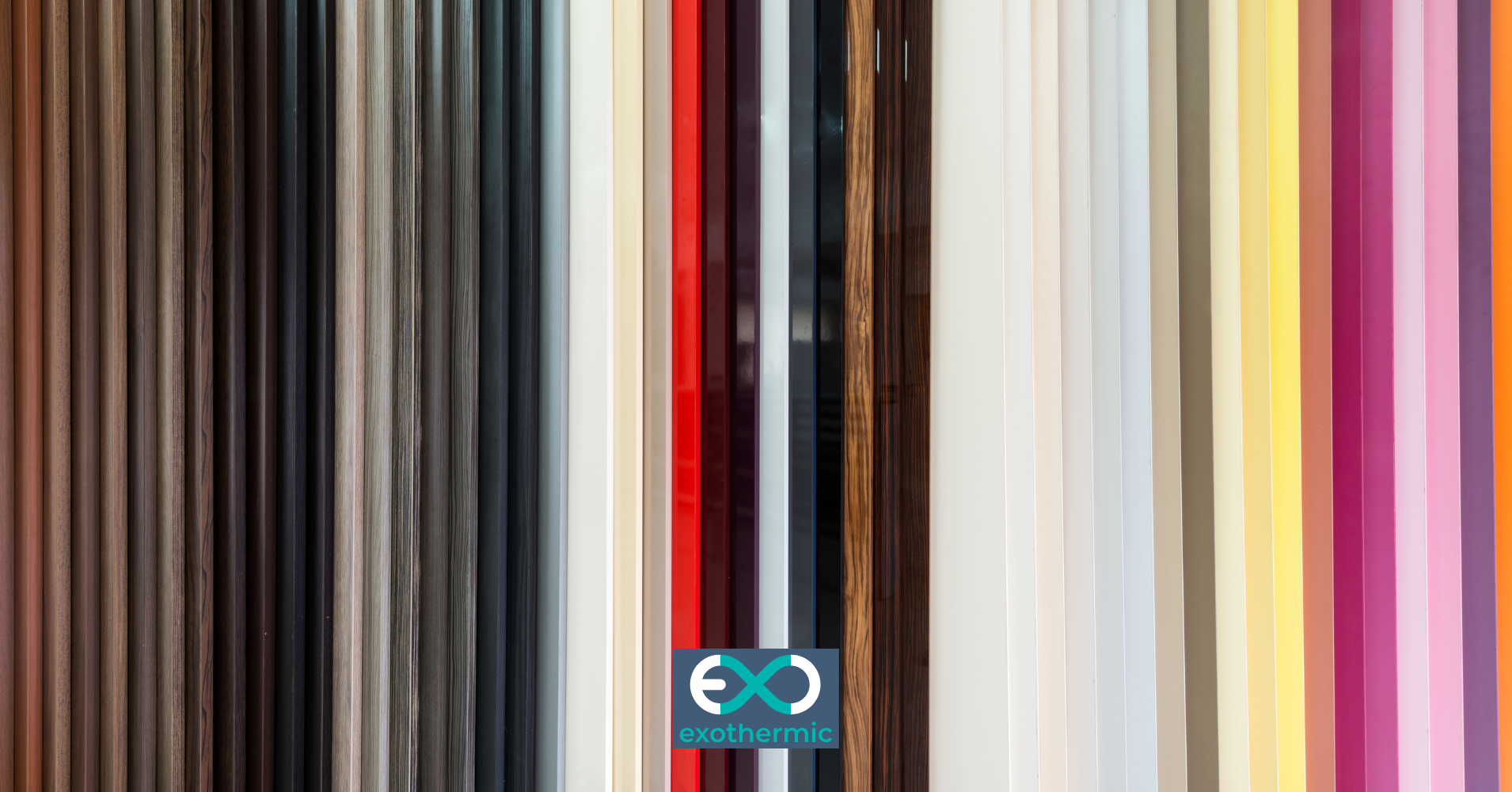Why Your Next Complex Part Shouldn't Be Injection Molded
Engineering teams face this scenario repeatedly: a complex plastic component with annual volumes...
By: Paul Steck on Apr 1, 2025 8:00:00 AM

Engineering teams seeking manufacturing solutions for complex plastic parts often compare different molding processes to determine which offers the optimal balance of performance and economics for their specific application.
Two standard processes are Reaction Injection Molding (RIM) with Poly-DCPD and traditional thermoplastic injection molding. Here's a detailed breakdown of how Poly-DCPD is processed and when it provides economic advantages over thermoplastic alternatives.
Poly-DCPD (polydicyclopentadiene) is processed through Reaction Injection Molding (RIM), which fundamentally differs from thermoplastic injection molding in several ways.
The RIM process begins with two low-viscosity liquid components—an isocyanate and a polyol for traditional polyurethane systems or specialized monomer and catalyst combinations for Poly-DCPD. These components are kept separate until the moment of injection. When the two elements come together in the mixing head, they are combined at pressures of approximately 1,500-3,000 psi to ensure thorough mixing.
The mixed liquid then flows into an aluminum mold under relatively low pressure (typically 50-150 psi) and at low temperature (90°-105°F). Inside the mold, the components undergo an exothermic chemical reaction, creating the final thermoset polymer. The lower viscosity of the liquid components (500-1,500 centipoise) allows for excellent flow characteristics, even through thin wall sections and complex geometries.
Rather than cooling-based solidification, this chemical curing process produces parts with very different performance characteristics than thermoplastics. Notably, the Poly-DCPD produced through this process offers exceptional impact strength, chemical resistance, and dimensional stability.

The economics of Poly-DCPD RIM versus thermoplastic injection molding varies significantly based on several factors:
For low to medium production volumes (typically 100-5,000 parts annually), RIM processing of Poly-DCPD often provides substantial economic advantages. The cost advantage diminishes as production quantities increase, with thermoplastic injection molding generally becoming more economical for volumes exceeding 5,000 parts annually due to shorter cycle times and lower material costs.
The most significant economic advantage of Poly-DCPD RIM is the substantially lower tooling cost. RIM molds can be produced from aluminum rather than hardened steel, resulting in:
This lower tooling investment significantly reduces financial risk and improves time-to-market for products with uncertain market demand or those likely to undergo design iterations.
The economic advantages of Poly-DCPD become particularly apparent for:
When comparing the economics of Poly-DCPD RIM with thermoplastic injection molding, manufacturers must look beyond simple part pricing to evaluate the total cost of ownership. Lower RIM tooling costs create significant advantages when amortized across smaller production runs, often resulting in lower per-part costs despite potentially higher material expenses.
RIM's unique ability to consolidate multiple components into single, complex parts can dramatically reduce assembly costs and simplify supply chains. Additional economic benefits come from reduced secondary operations, as RIM parts typically require minimal post-processing compared to thermoplastic alternatives.
Material utilization also favors RIM, which generates minimal waste compared to the substantial runner systems standard in thermoplastic molding.
The energy consumption profile of RIM processing—with its lower temperature and pressure requirements—contributes to reduced manufacturing costs, which is particularly valuable as energy prices continue to rise.
These combined factors often make Poly-DCPD RIM the more economical choice when evaluating comprehensive production economics rather than narrowly focusing on direct material costs.
Based on the above factors, Poly-DCPD processed through RIM is typically most economical in the following scenarios:
The processing economics of Poly-DCPD through Reaction Injection Molding offer compelling advantages for specific applications, particularly when part size, complexity, and production volume align with RIM's strengths. While thermoplastic injection molding remains the more economical choice for high-volume production of smaller, simpler parts, engineering teams should consider the total lifecycle costs rather than just per-part material expenses.
Poly-DCPD processed through RIM often delivers the optimal balance of performance and economics, with the added benefits of design flexibility and reduced time-to-market for manufacturers needing large, complex parts in low to medium volumes.
Engineering teams face this scenario repeatedly: a complex plastic component with annual volumes...
In today's competitive manufacturing landscape, engineers and production managers face mounting...
Industrial designers face a variety of material choices when creating products, including metal,...